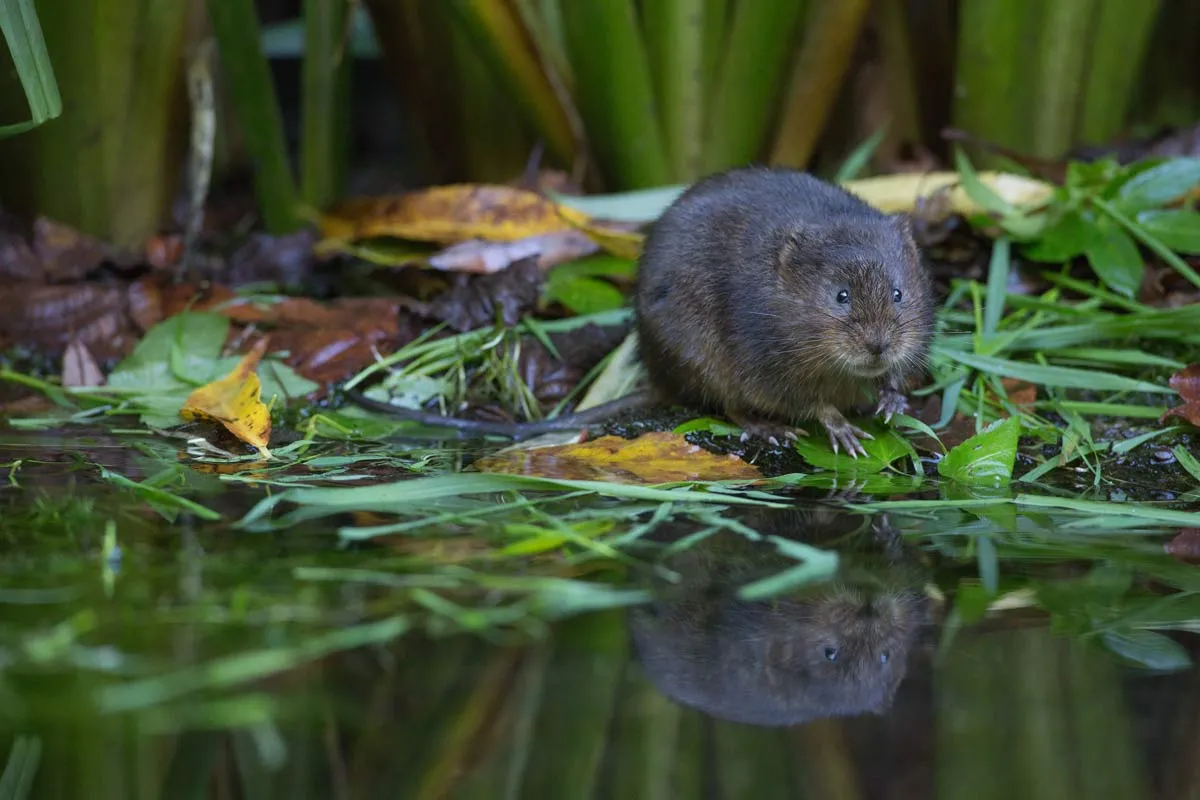Citation

Overview
Britain is home to several species of small mammals, which include rats, mice, voles, dormice and shrews. All of these are difficult to observe in the wild, and it is usually necessary to capture them to confirm their presence.
By describing the vocal repertoire of small mammals in Britain, research published in British Wildlife by a team led by the BTO provides new possibilities for sound identification to be used as a non-invasive survey method.
In more detail
This has considerable potential to help conservation efforts by providing a cost-effective and robust method for detecting the presence of small mammals (e.g. Hazel Dormice in woodland, Brown Rats on seabird islands), which could be followed up with more intensive survey work if needed.
It is likely that large volumes of data on small mammals are already being collected incidentally, but probably unknowingly, across Britain by bat workers using bat detectors. To maximise the value of bat surveys, the BTO Acoustic Pipeline improves the sound identification of bats, whilst also providing results for small mammals and other species groups.
- Download the appendix to the publication
- For the full article, see British Wildlife Volume 32, Number 3, December 2020
- Download a zipped file containing original .wav audio clips (ZIP, 91MB) accompanying the publication
Acknowledgements
Thanks to the co-authors -
- Neil Middleton (neil.middleton@batability.co.uk) is the owner of BatAbility Courses & Tuition, an organisation that focuses on the development of people within the ecology sector.
- Huma Pearce (huma@mostlybats.org) is a freelance ecologist specialising in mammals and urban ecology.
The work on this article was funded by JNCC and the Esmée Fairbairn Foundation.
